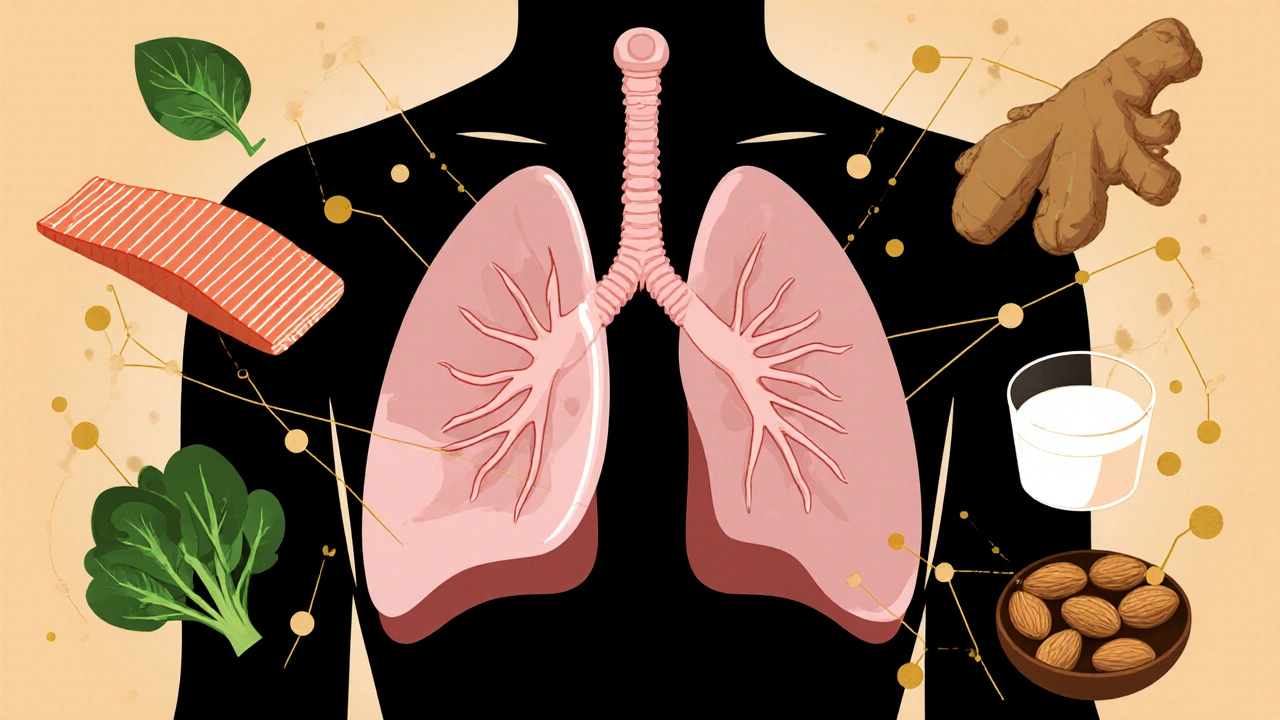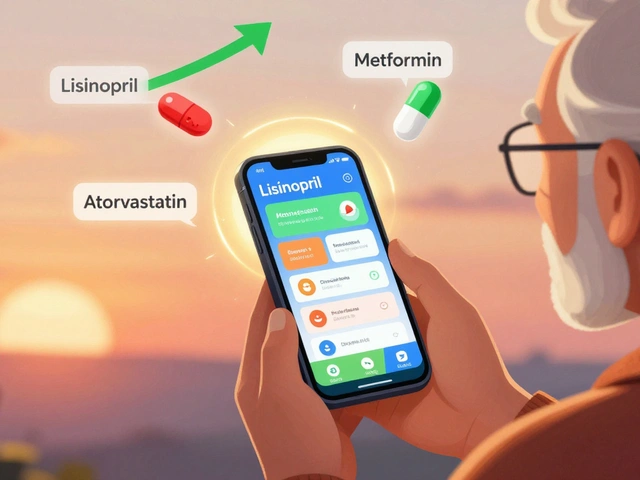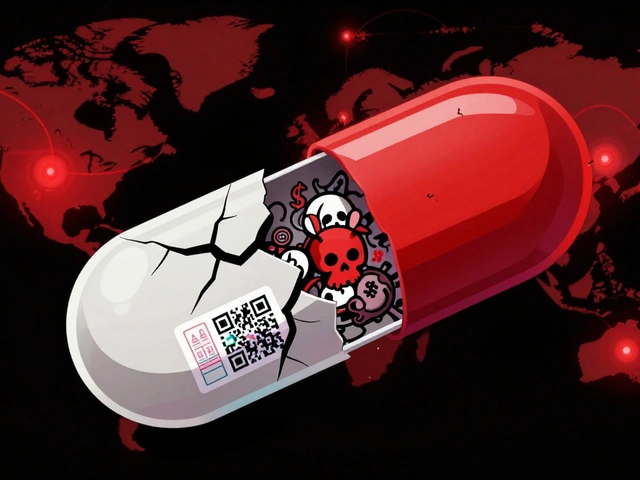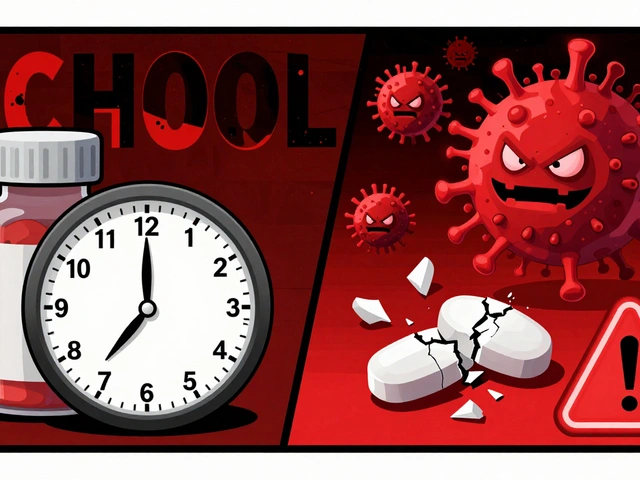Idiopathic Pulmonary Fibrosis: Causes, Symptoms, and What You Need to Know
When your lungs start to scar for no clear reason, that’s idiopathic pulmonary fibrosis, a progressive lung disease where lung tissue thickens and stiffens over time, making it harder to breathe. Also known as IPF, it doesn’t come from smoking, pollution, or an obvious injury—it just happens, and it’s not fully understood why. Unlike other lung conditions, IPF doesn’t respond well to steroids or typical anti-inflammatories. Once the scarring starts, it keeps going, and your lungs slowly lose their ability to transfer oxygen into your blood.
This isn’t just about getting winded after climbing stairs. People with IPF often have a dry, hacking cough that won’t go away, and their fingers might look clubbed—rounded and swollen at the tips. Many are diagnosed in their 60s or 70s, and men are more likely to get it than women. The lung scarring, the hallmark of IPF, is irreversible and worsens over months or years. Doctors use high-resolution CT scans to spot the pattern of scarring, and sometimes a lung biopsy is needed to rule out other causes. There’s no cure, but two drugs—pirfenidone and nintedanib—have been shown to slow the decline in lung function.
It’s not just about medication. Managing lung function decline, the steady loss of breathing capacity in IPF patients means oxygen therapy, pulmonary rehab, and avoiding infections like the flu or pneumonia. Some people end up on waiting lists for lung transplants, which is currently the only option that can extend life significantly. But not everyone qualifies, and the wait can be long.
What you’ll find in the posts below isn’t a textbook on IPF. It’s real-world guidance from people who’ve lived with it—or helped treat it. You’ll see how medications interact with other conditions, what lab tests matter most, how nutrition can support breathing, and why some treatments that work for other lung diseases fall flat with IPF. There’s no fluff here—just what you need to know to ask better questions, understand your options, and recognize when something’s off before it becomes an emergency.






